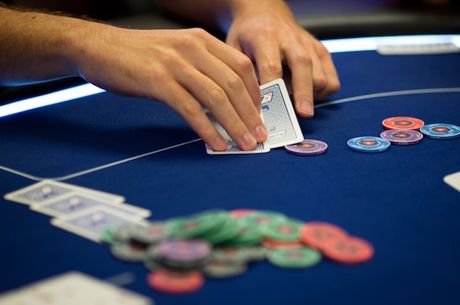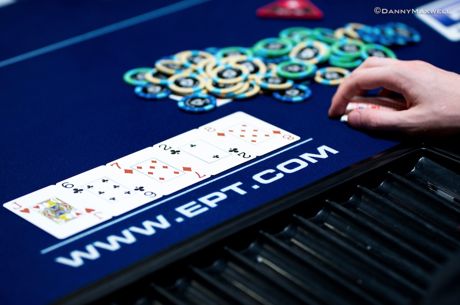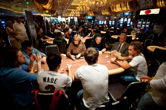Cooke's Corner: Elastic and Inelastic Bet Sizing
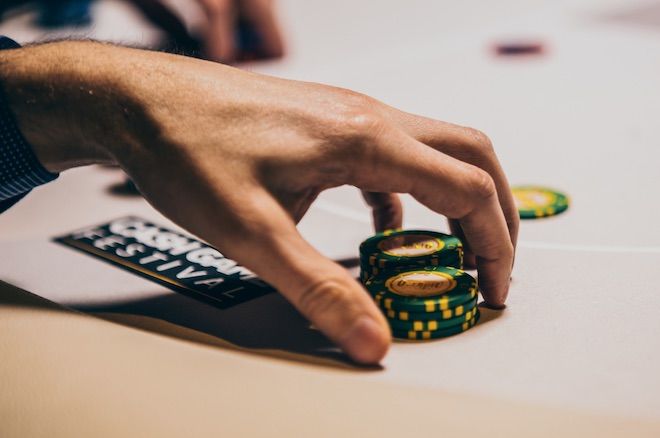
Getting the best value from your hands means optimizing your bet sizing. Having an accurate sense of which hands and which size wager your opponent will call with helps greatly in calculating your highest EV.
One important concept to consider is elasticity. Most bet-sizing equations can be compartmentalized into "elastic" or "inelastic" calling ranges.
Elastic Calling Ranges
Elastic calling ranges are opponent's ranges in which the amount bet will dictate what quality of hand your opponent will call with. For instance, an opponent will call a one-quarter pot bet with any pair, but a three-quarter pot bet only with top pair or better.
When faced with an elastic situation, you should assess your best guess estimate for your opponent's range of calling hands for different bet sizes, estimate the EV for each of those bet sizes, and compute which bet size produces the highest EV.
It's important to consider the whole range of hands for each bet size, not just the drawing hands. Many players choose bet sizes to shut out the drawing portion of their opponent's range and also to shut out many of their opponent's low value calling hands. Often, the blended expectation of their opponent's drawing and calling hands would produce higher EV for a lower bet size than a high bet size that shuts down both his drawing and low value calling range.
For example, if you flop top set on a J♥10♥8♠ board, betting an amount large enough to shut down the drawing portion of your opponent's range is also likely to shut out any one-pair hands that are drawing very slim to dead. Many times, the high +EV received from the calls from the one-pair hands can more than make up for any –EV from calls from the drawing range.
And while other considerations apply, the highest amount the one-pair hands will call is liable to be your best bet size. It both attracts the hands drawing slim to dead, and lowers the +EV price your opponents receive from their draws.
Inelastic Calling Ranges
Inelastic calling ranges occur when your opponent's calling range is generally unaffected by your bet size. This generally takes a strong hand from your opponent, but also has applications against call-happy opponents, chiefly when draws whiff. Some players call any bet size liberally if there are draws that miss, sometimes with very weak holdings.
Additionally, the concept has meaning when you're bluffing. If your opponent is either calling or he isn't, and the amount you bet has little to no influence on his calling range, you can increase the size of your value bets, and lower the bet size of your bluffs.
For example, say you're first to act with J♠J♣ on an A♥A♣J♥8♠3♦ board. Your lone opponent is call happy and called two streets. Effective stack sizes are 1.5 times the pot. You reason your opponent will fold any missed draw, but never fold an ace or better.
In this case, betting the entire effective stack size is the right play. You'll get much better value from his strong hand calling range and eliminate few, if any, small bet calling hands. However, if you hold 5♥4♥ in the same situation and want to fold out the heart-draw portion of his range, a small bet should do the trick.
Conclusion
When you're faced with a bet sizing decision, think about how the current situation will play. Is your opponent elastic or inelastic? Many players psychologically can't lay down a big hand no matter what, and conversely many players can't resist a bargain. Factor your answer in with your other bet sizing concepts to come up with the best bet size.
You'll improve your EV greatly in those spots.
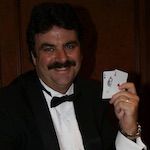
Roy Cooke played poker professionally for 16 years prior to becoming a successful Las Vegas Real Estate Broker/Salesman. Should you wish any information about Real Estate matters — including purchase, sale or mortgage — his office number is 702-376-1515 or Roy’s email is [email protected]. His website is www.RoyCooke.com, and more of his blogs and poker tips can be found at www.RoyCookePokerlv.com. You can also find him on Facebook or Twitter @RealRoyCooke.

